My MPPT's maximum input voltage is 49.5V.
The solar panel's specs are:
- Open circuit voltage (Voc) = 49.40V (plus or minus 3%)
- Maximum power voltage (Vmp) = 40.42V
- Maximum power current (Imp) = 10.02A
- Short circuit current (Isc) = 10.69A (plus or minus 4%)
Since the solar panel's maximum Voc (50.882) could be slightly higher, how can I reduce it to be below 48V?
Would any of below solutions work and practical, or are there better alternatives?
- Use a set of 10A10 rectifier diodes in series. That uses the rectifier diode's forward voltage of 0.6-1V x 5 to drop the voltage. Paralleling is to make the pair capable of handling 20A (10Ax2.)

simulate this circuit – Schematic created using CircuitLab
- Use a 48V Zener diode in parallel

simulate this circuit Since the panel's output voltage drops below 48V quickly (I am assuming,) I guess I can use a low watt Zener diode and a low watt resistor (e.g. 0.25W.)
I live in a tropical country where there is good sun light. So I guess Panel could be operating close its max capacity.
